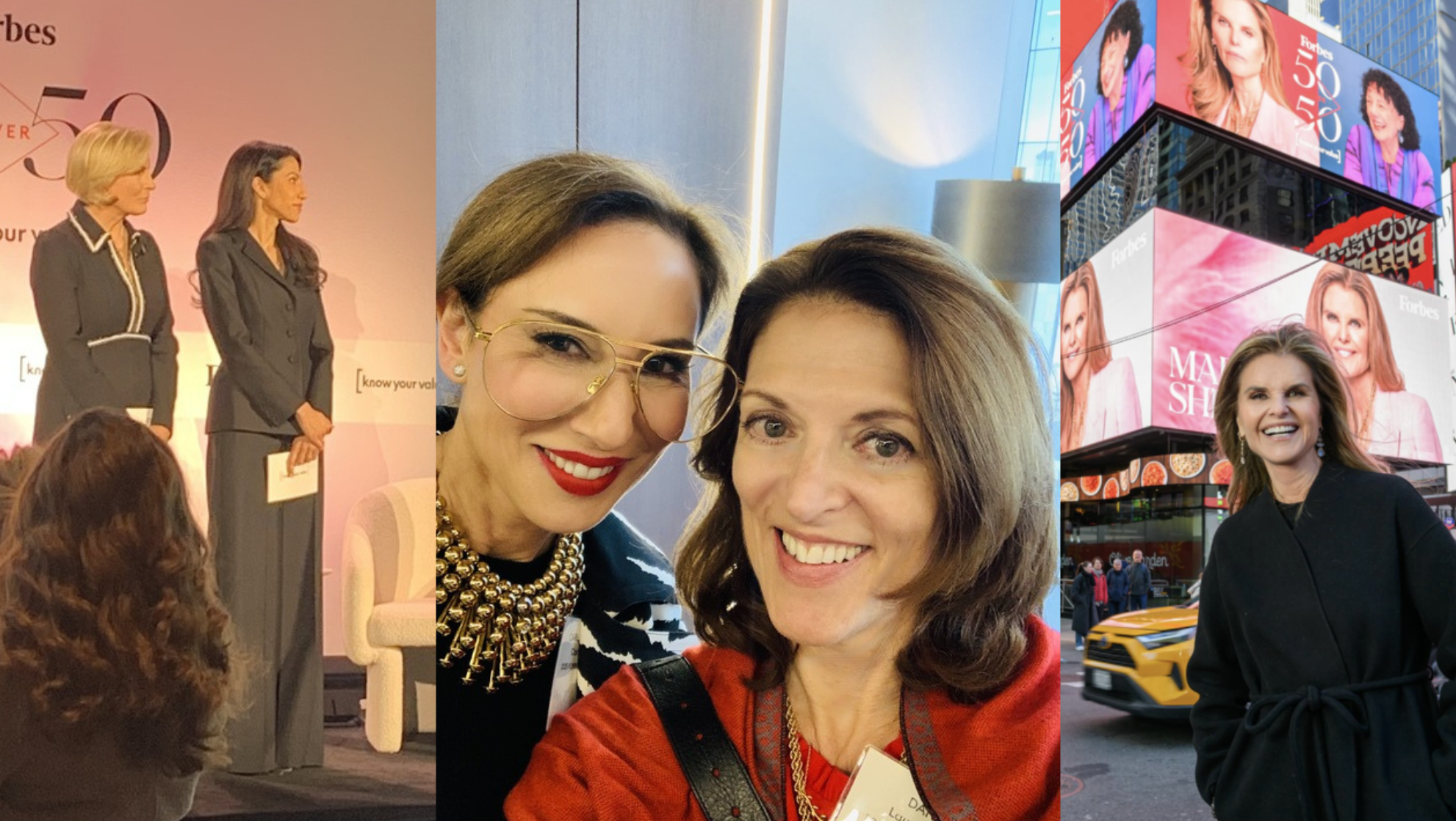
I’m in NYC this week for the Art and Alzheimer’s Symposium at MoMa. Honored and excited to be one of a handful of speakers talking about using the creative arts to bring relief and connection facing the disease. Although my fine art talent peaked drawing “Sparky” in the back of a magazine, I have learned quite a bit about how to reach people with shared laughter.
Let me say that the arts are having a moment in the dementia world! Two weeks ago UCSF was gifted $100 million to advance Alzheimer’s and dementia research for it’s Memory and Aging Center (MAC). Part of this funding will be used to explore new therapies to improve the quality of life of people facing the disease. Here’s something revealed in the announcement that I didn’t know.
One of the most intriguing discoveries was made by the Fein MAC’s founding Director Bruce Miller, MD, that frontotemporal dementia (FTD), which destroys personality along with memory, can also sometimes unleash hidden artistic talents. This, in turn, has spurred research on how the two transformations could happen simultaneously. Recently, Miller and his colleagues at the Fein MAC found through brain imaging that as the area of the brain that controls language deteriorates, it activates a visual processing area that can give rise to sudden creative impulses.
At LOC we can attest to the more commonly known fact that as language deteriorates people become more sensitive to tone, presence and the energy of those who engage with them. Until recently, though, I didn’t know about this hidden artistry piece. Last month I had the good fortune to meet Jake Broder, an actor and playwright who, through the UCSF Atlantic Fellowship, wrote his play “Unravelled,” about just this phenomenon.
Any piece about art and Alzheimer’s would not be complete without the mention of our partners Hilarity for Charity - Lauren and Seth Rogen’s company. HFC has done so much using comedy to shed light and bring awareness to the disease and to chisel away at the stigma around it. In addition to giving grants to care partners, they also engage Laughter On Call to run workshops that build community and bring comic relief through shared laughter. They also recently became our fiscal sponsor, so if you would like to make a donation to LOC, it is now possible!
One last, but certainly not least, example of art and Alzheimer’s happening right now is my friend Heidi Levitt’s movie “Walk with Me.” A documentary about her and her husband Charlie Hess’ experience as they learn to live with his early-onset Alzheimer’s. Theirs is a long and loyal marriage. The movie is beautifully shot, very touching and makes anyone on the same path feel a little less alone.
Which ultimately is why tapping into art for all of us who are facing or have faced Alzheimer’s is so valuable. Whether it’s uncovering a hidden talent, learning some news skills to find laughter where you least expect it, or finding a way to tell your story truthfully, being able to express yourself with art is a gift. Not only for yourself, but for everyone you meet along the way.




